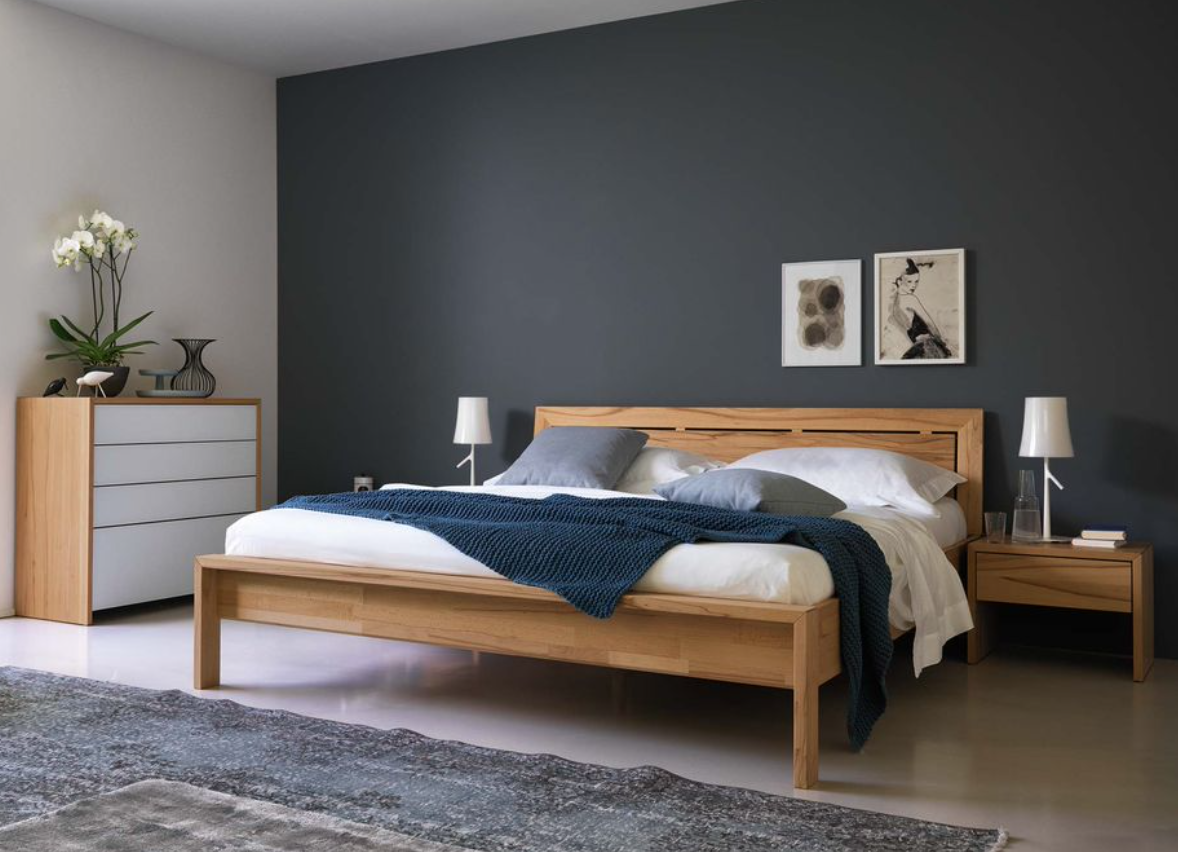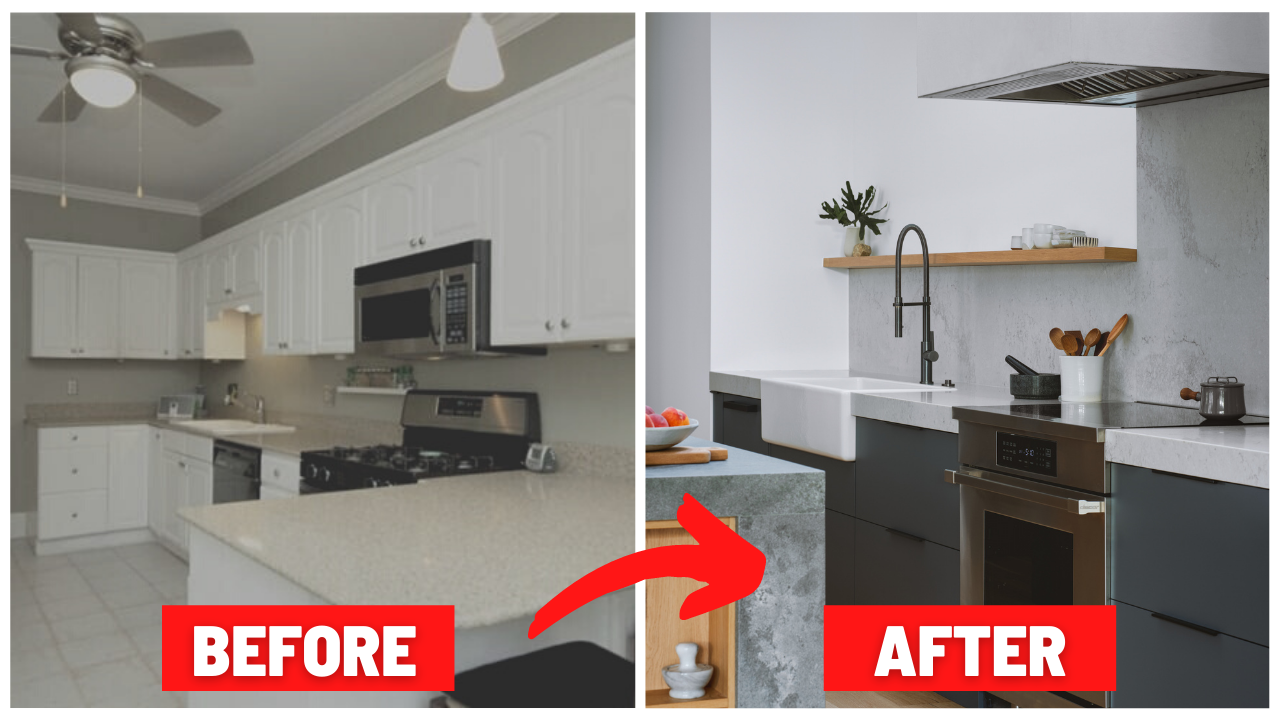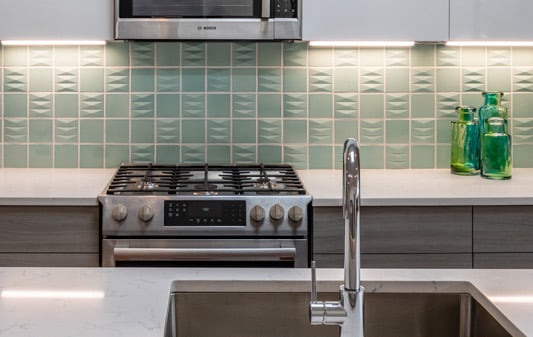Five Steps to Destress Your Home
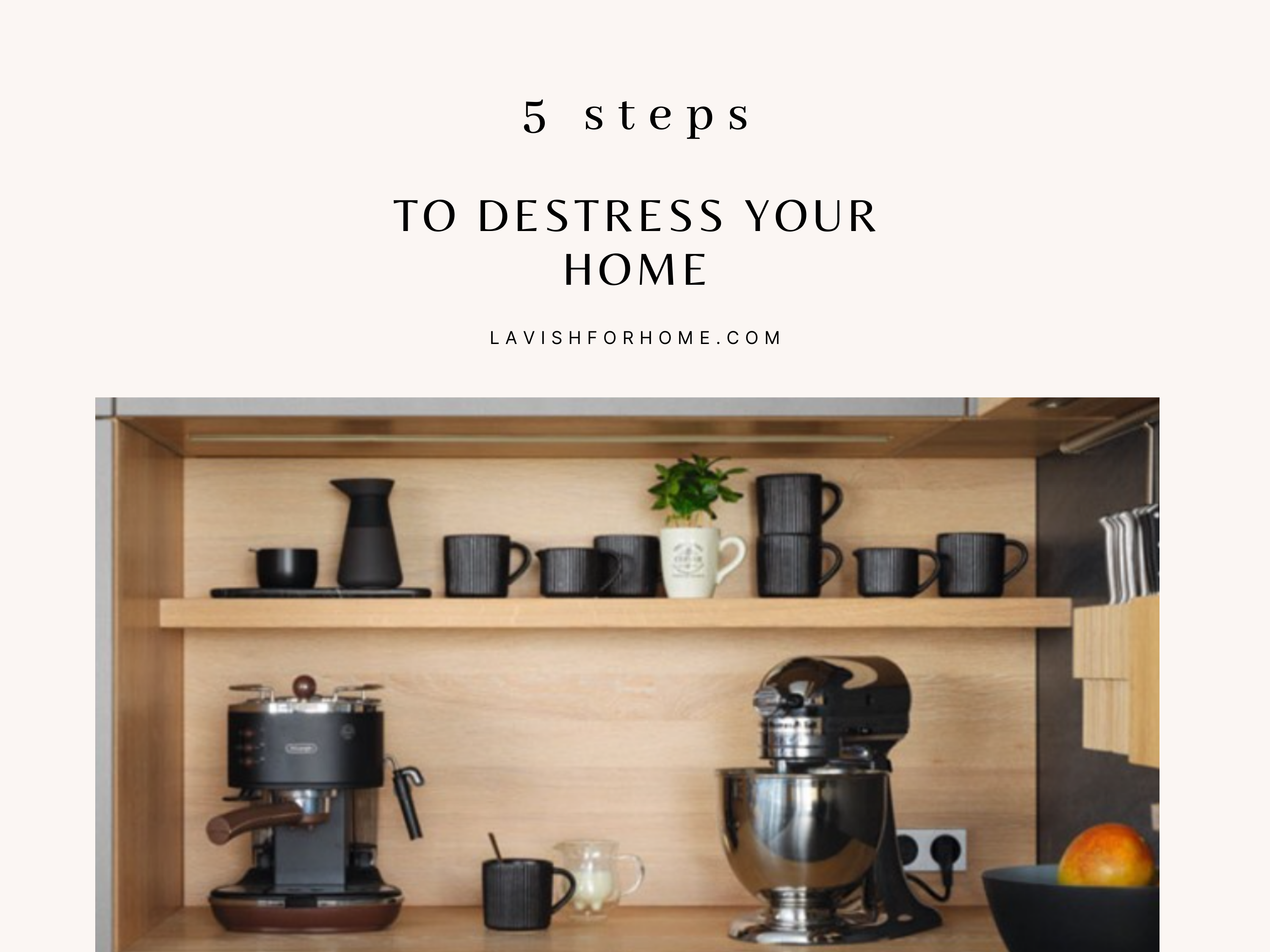
After a long day at work – whether you work from home or have returned to the office – it’s nice to go into your main living space and feel a sense of calm. We want our homes to be a stress-free zone. Often, however, it doesn’t turn out that way.
The fact is there are ways to control some of the stress by looking around the house to find areas we can change to improve the wellness in the home. Let’s look at our top five recommendations for de-stressing your home:
Incorporate plants
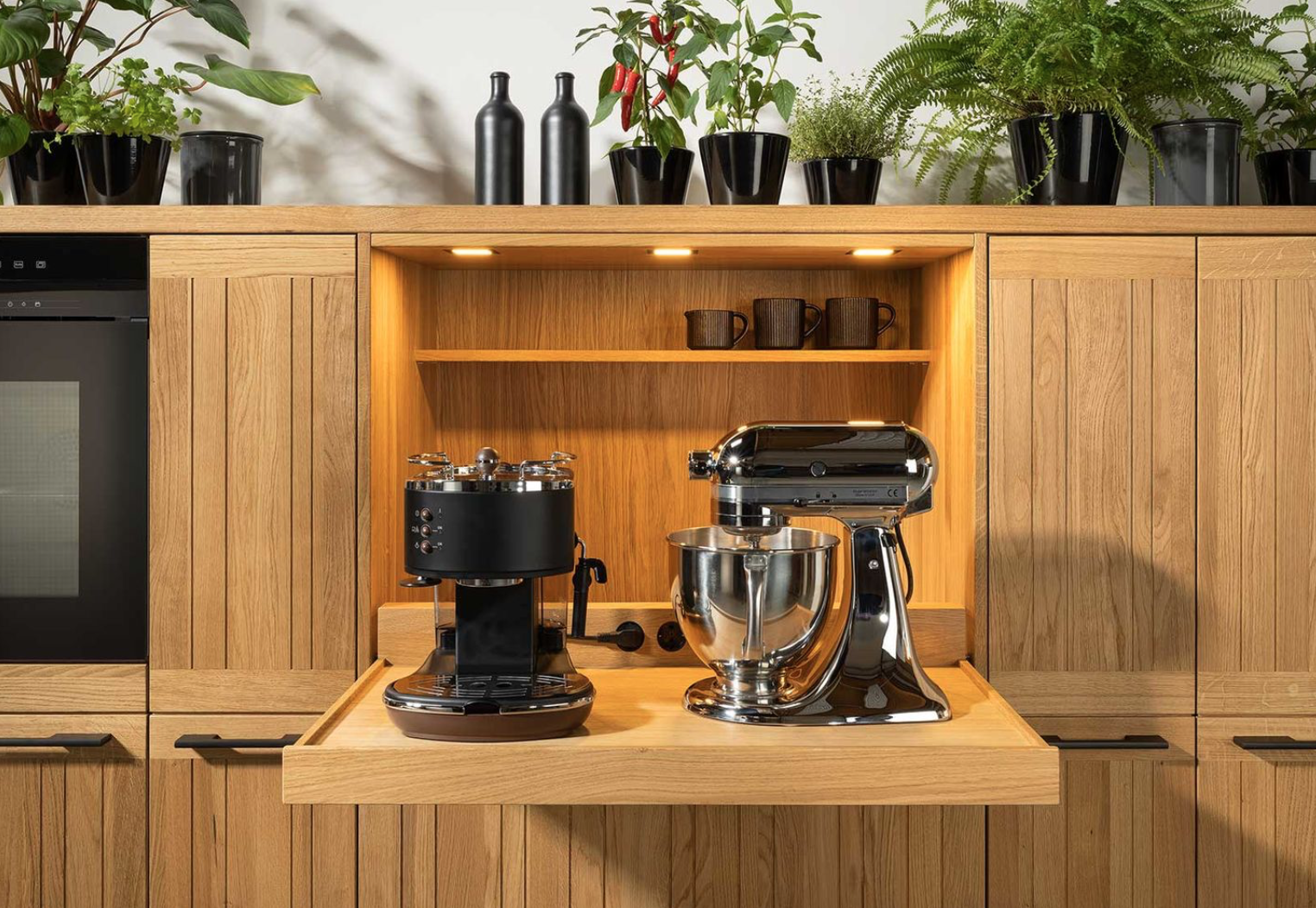
According to a recent study, actively touching, watering, and repotting houseplants can reduce stress dramatically. Let’s start with the soil. The potting soil of indoor plants has microbes that work as natural anti-depressants. The study goes on to say that when working with plants, study participants felt “more comfortable, soothed,†and at peace than they did prior to the activity.
Houseplants can also boost your indoor air quality. The American Lung Association and NASA, have said indoor plants, like the dwarf date palm, the Boston fern, English ivy, and the peace lily all contribute to better health by filtering out toxic chemicals in the air. They also breathe in the carbon dioxide we produce and give back fresh oxygen.
So get some plants for your office, bedroom, and other living spaces around the house. It’ll boost your mood, your productivity, your concentration, and your creativity.
Eliminate clutter
Ugh. It’s hard not to be stressed when you walk into a room and every surface is covered with unopened mail, keys, receipts, candy wrappers, and unread magazines. At the same time, it’s unrealistic to think you can keep your house 100% clutter-free.
Elizabeth Scott, MS, wellness coach, and health educator, recently published an article outlining the cost of clutter on our well-being. She said to analyze how you feel when you’re at home. The first sign you have too much clutter, according to Ms. Scott, is when you walk into a cluttered room and you’re immediately stressed.
Our suggestions for keeping clutter from stressing you out include:
- On a daily basis, go through what’s on your counters and tables and put things away.
- Touch things once, deal with them, then put them away. If it’s a piece of mail, throw it away or file it. If it’s a bill, pay it immediately, then file it. Doing it on a daily basis will keep things from piling up.
- Sort your clutter this way:
- Do you love it?
- Do you need it?
- Does it make you happy?
If an item doesn’t fall into one of those categories, toss it.
Make your bed every day
There’s no question that, when going to bed, jumping into a jumbled mess of sheets and covers is not relaxing. As a matter of fact, the National Sleep Foundation conducted a study that found people who make their beds in the morning are 19% more likely to have a good night’s sleep every night. They found that the mere act of turning down the bed from a “made†position resulted in falling asleep more quickly and sleeping better through the night.
Calm Color
Walk into a bright red or yellow room and you’re immediately awake. Coloring your home in relaxing blues, greens, or subtle tones of white or yellow will relax you, boost your mood, and help you love your living spaces.
Better Homes & Gardens interviewed designers who gave their tips on picking the most soothing colors. Sue Wadden, director of color marketing at Sherwin-Williams, says, “Color can help shape our day-to-day environments and impact our mood.†She suggests that thinking about how you want your space to make you feel should guide your decision.
Blends of blue, green, and earth tones can help you feel relaxed, as can cream, white, beige, and gray.
Skip the electronics before bed
We all love our cell phones and tablets, but blue light from electronics can impact your body’s rhythms negatively. Harvard University researchers did extensive studies showing that while all light can impair your sleep, blue light reduced melatonin levels for twice as long as regular light (3 hours vs 1.5 hours).
To make sure your electronic devices don’t hamper your sleep:
- Use dim red lights for night lights; they’re less likely to impact your melatonin levels, which help you sleep
- Avoid looking at bright screens for two to three hours before bedtime
- Get lots of sun time or bright light during the day
There’s no reason to live in a house that causes you stress. Following our tips will turn that house into a home, your haven away from the stressful world where you can relax and recharge.
Related articles
Solid Wood Wall Cladding in Your Kitchen
Our Waldkante wall cladding, made of completely untreated solid wood, adds the perfect spice to your kitchen design.
Versatile and Functional Solid Wood Table for Your Dining Room
Our dining tables combine the pleasure of solid wood with prize-winning designs in various styles, including four-leg or pedestal tables, wooden or metal slides, and organic or linear forms.
BEFORE & AFTER An Eco-Friendly Kitchen Story
Before and after an eco friendly kitchen makeover
Lavish Blog | How to Kitchen Backsplash
Choosing the perfect backsplash doesn't have to be a chore. Learn the tricks to selecting a backsplash that suits your kitchen, personal style, and budget.
- « Previous
- 1
- 2
- 3
- 4

Unlock fresh
design ideas
"*" indicates required fields
